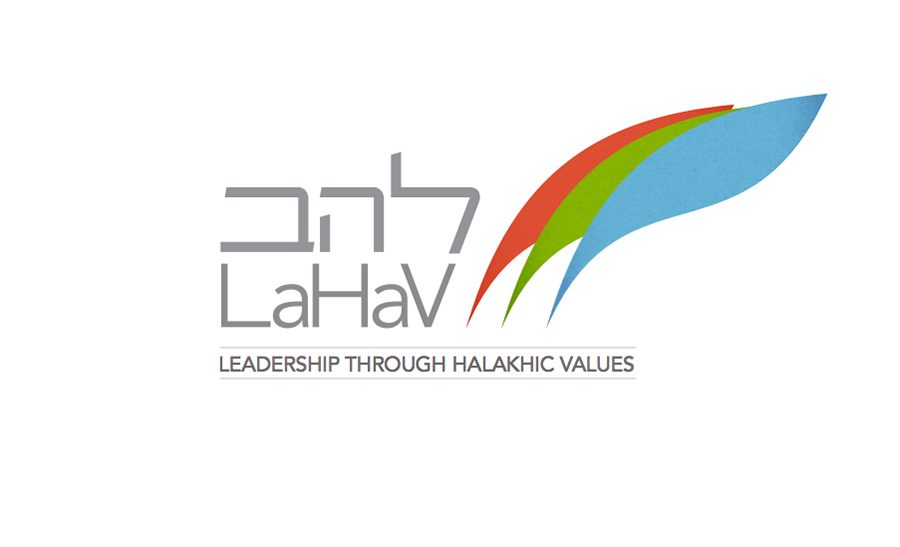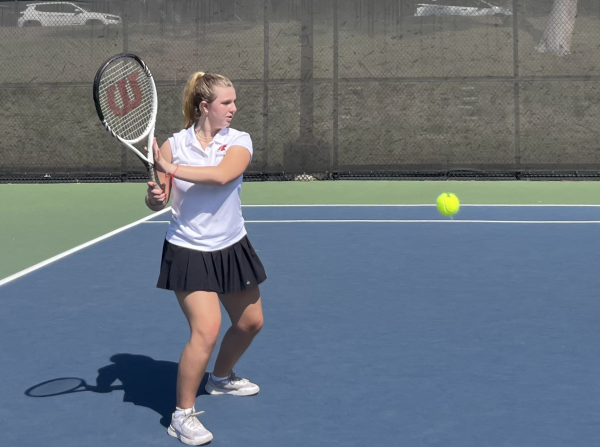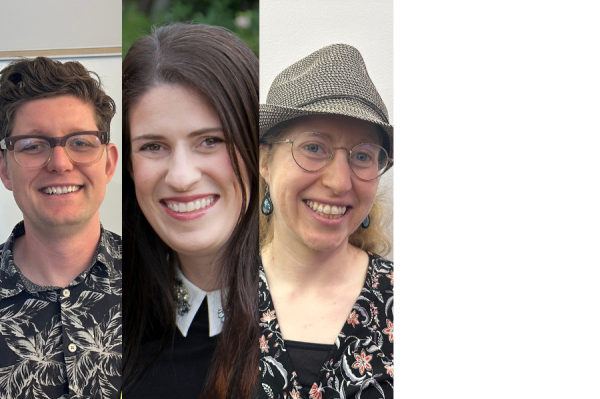RCA decision on women brings Lahav to real life
February 5, 2016
Just days after the Rabbinical Council of America passed a new Policy Concerning Women Rabbis, Shalhevet’s Lahav Talmud curriculum was put to the test as 11th grade students gave their own halachic opinions regarding women in rabbinic positions.
On Oct. 30, the RCA announced that women would not be permitted to attain rabbinic ordination and that Orthodox institutions may not employ them in that capacity.
The policy states that, while the RCA supports the education of women and thinks it’s very important, ordination is forbidden.
“RCA members with positions in Orthodox institutions may not ordain women into the Orthodox rabbinate, regardless of the title used,” the document states.
This was the cornerstone of a resolution — which organization officials said passed by a narrow margin though they would not give exact numbers — that went on to state that a member of the RCA cannot hire a woman into a rabbinic position, nor may they allow a title signifying rabbinic ordination to be used by a woman. It does not, however, name any consequences for violating the ruling.
On Nov. 11, Shalhevet rabbis gathered the 11th grade together to address the issue. It was most familiar from last year’s debate over the title maharat — an acronym that means female leader in Torah, spirituality and law — when a prospective teacher who had been ordained with that title turned down a position at Shalhevet apparently because she wouldn’t be permitted to use it.
Students had many things to say, but Judaic Studies teacher Rabbi David Stein encouraged them to use the Talmudic sources they’d learned in order to form their opinions.
“People who are hiring maharats are wrong,” said junior Jonah Kaye. “It’s not the practice of the community and not the majority at all. This community is not ready for that yet, it’s not the consensus.”
He was referring to the first source that is taught in the Lahav curriculum, Bava Metziah 59b, which teaches that the halacha follows the majority.
Consensus is one of the three components of the halachic process taught in ninth grade and is one of the central points as to whether a decision is halachic or not.
On the other hand, students used the Gemara in Eiruvin 13 to show that the RCA made the wrong decision.
“I think that, based off the sources, having a Maharat or something like it would be valid because of eilu v’eilu,” said junior Liora Rabizadeh.
Eilu v’eilu is another one of the Gemara’s key ideas. It says that there can be multiple correct answers to a question and is one of the foundational principles for diversity in halacha.
At the end of the assembly, regardless of halachic conclusions, both students and teachers felt like it was important to hold this event.
“The goal was to help us recognize that Shalhevet gives us the tools to make decisions like this, “ said Liora. “By giving us these sources they gave us tools to apply them to our lives.”














